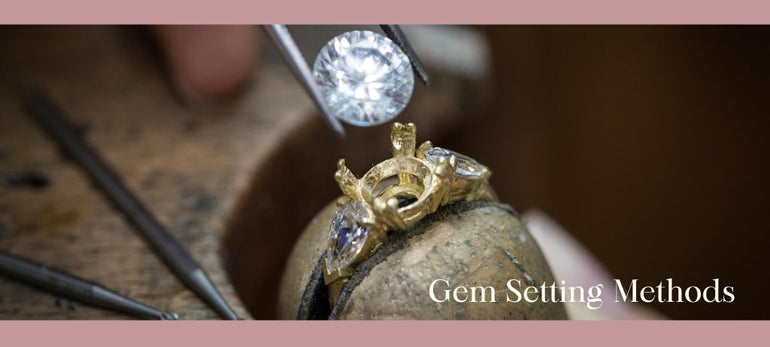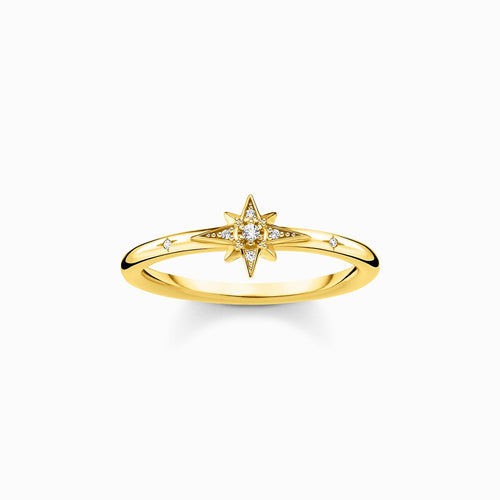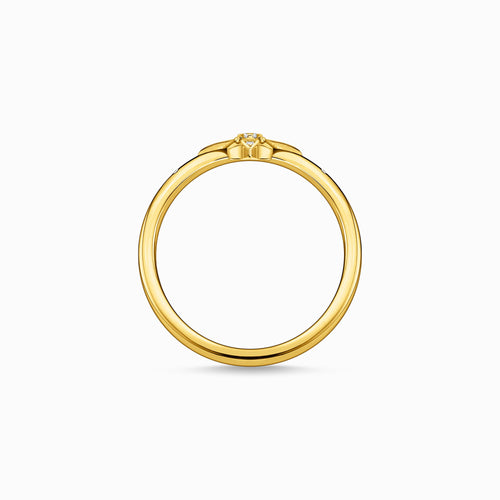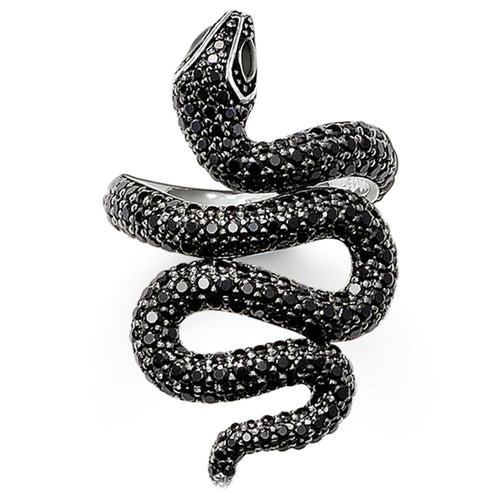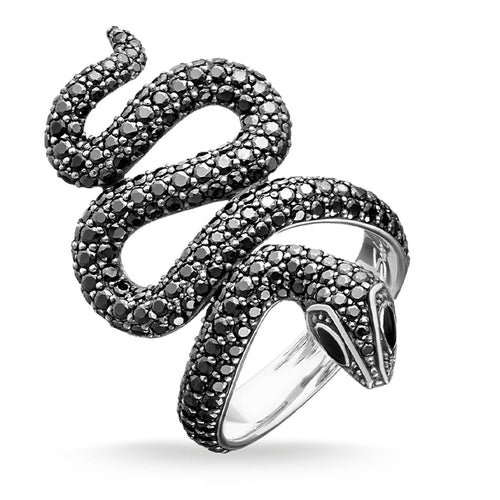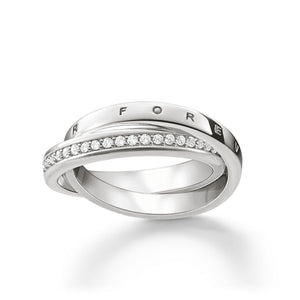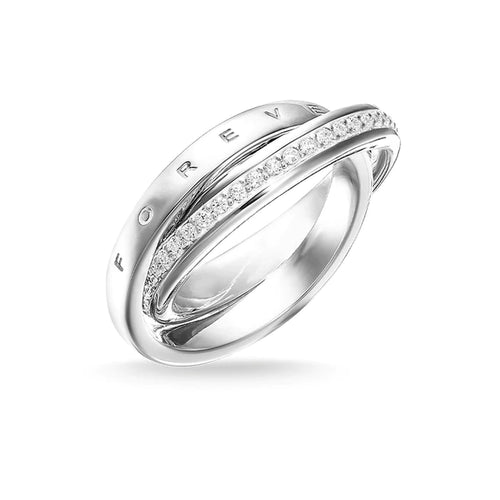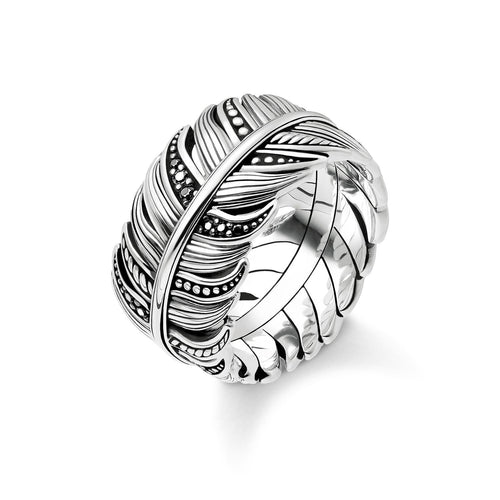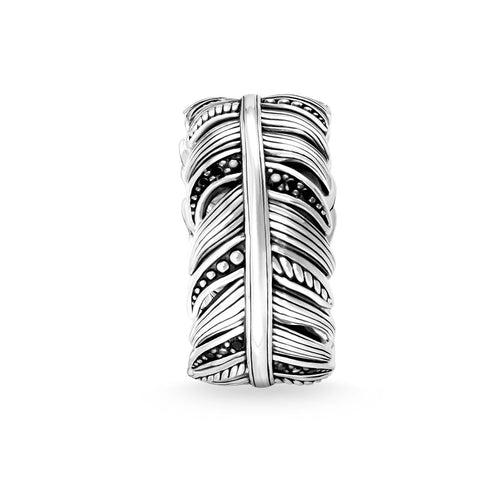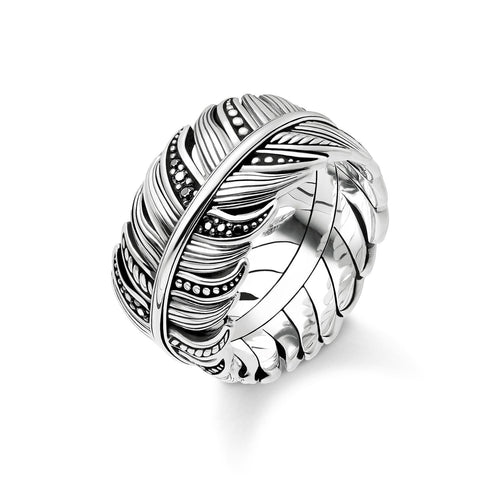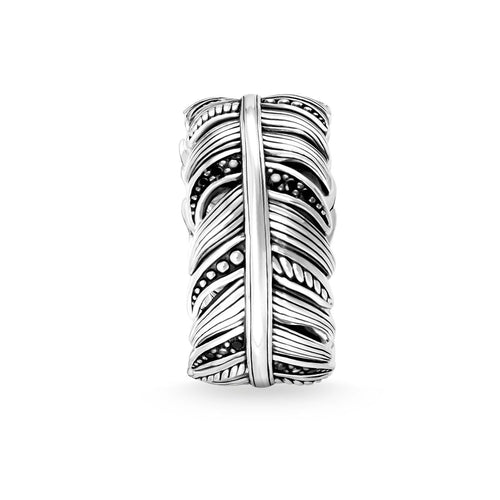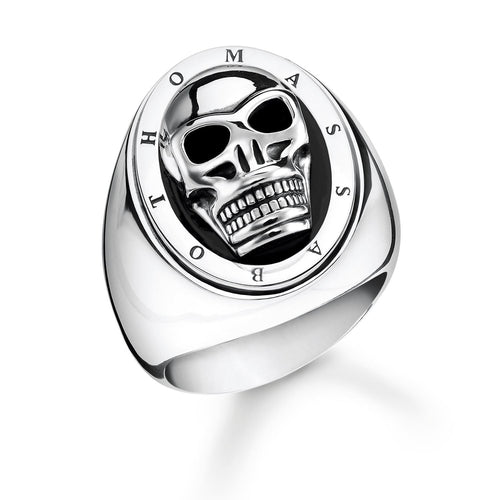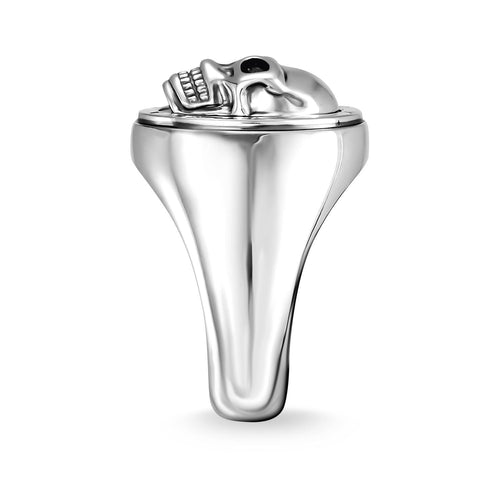Gem setting is an essential technique in the jewelry industry, determining both the aesthetic appeal and durability of a piece. Mastering different gem stone setting and methods is crucial for jewelry designers and artisans. This guide explores various gem settings like bezel setting, prong setting, bar setting, channel setting, and pavé setting. Each method offers unique benefits and suits different gemstones and designs.
Key Takeaways:
-
Bezel Setting: Known for security and protection, ideal for daily wear.
-
Prong Setting: Maximizes light exposure but requires regular maintenance.
-
Bar Setting: Secures multiple stones, often used in bracelets and rings.
-
Channel Setting: Offers a sleek look, perfect for modern designs.
-
Pavé Setting: Creates a sparkling surface, enhancing overall brilliance.
Understanding these techniques enhances the appreciation of fine jewelry and helps in selecting the best setting for different gems.
What is the Gem Setting Method?
Gem setting is the art of securely placing gemstones into jewelry pieces to enhance their beauty and ensure they remain safely in place. This meticulous craft has evolved over centuries, blending both traditional techniques and modern innovations. At its core, gem setting involves fixing a gemstone into a metal frame, called a setting, ensuring it is both aesthetically pleasing and structurally sound.
Historical Background and Evolution
Gem setting dates back thousands of years, with early examples found in ancient Egyptian and Greek jewelry. Initially, gemstones were simply drilled and strung together. As techniques advanced, more intricate methods like bezel setting and claw setting emerged. Today, a variety of gem setting methods are used, each offering unique benefits and suited to different types of gemstones and designs.
Basic Principles and Concepts
At its heart, gem setting revolves around a few fundamental principles:
-
Security: Ensuring the gemstone securely fits into the setting.
-
Durability: The metal surface must withstand wear and tear.
-
Aesthetics: The setting should enhance the gem's natural beauty.
Common Gem Setting Techniques
Bezel Setting: This involves encircling the gemstone with a thin metal band and rim that holds it in place. Bezel settings are known for their durability and the protection they offer to the gem’s edges.
Prong Setting: This popular method uses metal prongs to grip the gemstone. Prong settings allow maximum light exposure, enhancing the gem’s brilliance. However, they require regular maintenance to ensure the prongs do not loosen.
Bar Setting: In this technique, gems are secured between two vertical metal bars. Bar settings are often used in rings and tennis bracelets, offering a sleek and modern look.
Channel Setting: Gems are placed between two horizontal metal strips, creating a smooth and continuous surface. Channel settings are ideal for eternity rings and other designs requiring multiple gemstones.
Pavé Setting: Tiny beads of metal hold numerous small stones close together, creating a sparkling effect. Pavé stone settings are perfect for adding a dazzling surface to any jewelry item.
Advanced Techniques
For more complex designs, advanced methods like invisible setting, tension setting, and flush setting come into play. Each technique offers unique advantages, whether it's the seamless look of invisible settings or the modern appeal of tension settings.
Understanding these techniques not only helps in appreciating fine jewelry but also in making informed decisions when purchasing or designing pieces. Whether it's a classic bezel setting or a contemporary tension setting, each method brings out the best in gemstones and adds to the allure of jewelry.
Overview of Popular Gem Setting Techniques
When it comes to gem settings, choosing the right method can greatly impact both the aesthetics and security of your jewelry. Let's delve into some of the most popular gem setting techniques and explore what makes each unique.
Bezel Setting
-
Definition: A thin metal rim encircles the gemstone.
-
Process: The metal is bent over the gem’s edges, securing it in place.
-
Advantages: Offers excellent protection, making it ideal for everyday wear.
-
Disadvantages: Can obscure the gemstone, reducing light exposure.
-
Examples: Common in rings and pendants for its secure hold and classic look.
Prong Setting
-
Definition: Uses metal prongs to hold the gemstone.
-
Process: Prongs are bent over the stone to keep it in place.
-
Advantages: Maximizes light exposure, enhancing the gem’s brilliance.
-
Disadvantages: Prongs can snag on clothing and require regular maintenance.
-
Examples: Widely used in engagement rings for its ability to showcase the gem.
Bar Setting
-
Definition: Stones are secured between two vertical bars.
-
Process: Metal bars run parallel to each other, with gems nestled in between.
-
Advantages: Provides a modern and sleek look.
-
Disadvantages: More metal is visible, which can sometimes overshadow the stones.
-
Examples: Popular in bracelets and rings, particularly in contemporary designs.
Channel Setting
-
Definition: Stones are placed between two horizontal metal strips.
-
Process: The stones are set into a groove in the metal, creating a continuous surface.
-
Advantages: Smooth and secure, with no prongs to snag.
-
Disadvantages: Difficult to resize and can be more complex to repair.
-
Examples: Ideal for eternity rings and tennis bracelets where multiple stones are used.
Pavé Setting
-
Definition: Small stones are set close together, held by tiny beads of metal.
-
Process: The metal is raised to form beads that hold the stones in place.
-
Advantages: Creates a dazzling, sparkling effect.
-
Disadvantages: Requires meticulous care to avoid dislodging the small stones.
-
Examples: Frequently used in delicate jewelry items to add extra sparkle.
Cluster Setting
-
Definition: Multiple stones are grouped together to create the appearance of a larger gem.
-
Process: Stones are arranged closely and secured in a shared setting.
-
Advantages: Enhances the overall visual impact without the cost of a single large stone.
-
Disadvantages: Cleaning can be challenging due to the intricate design.
-
Examples: Common in statement rings and earrings, offering a bold look.
Choosing the right gem setting not only ensures that your gemstones are securely held but also enhances their natural beauty. Whether you prefer the classic security of a bezel setting, the brilliance of a prong setting, or the modern look of a channel setting, understanding these techniques can help you make informed decisions for your next piece of jewelry.
Advanced Gem Setting Techniques
When it comes to creating breathtaking jewelry, advanced gem setting techniques push the boundaries of both jewellery design and craftsmanship. Let's explore some of these sophisticated methods that bring a unique flair to high-end pieces.
Tension Setting
-
Definition: The gemstone appears to float between two ends of the ring band.
-
Process: Metal pressure is used to hold the gemstone securely in place.
-
Characteristics:
-
Modern Aesthetic: Offers a sleek, contemporary look.
-
Maximum Light Exposure: Enhances the brilliance of the gemstone.
-
Challenges: Requires precise engineering to ensure the stone remains secure.
-
-
Examples: Common in engagement rings where the floating effect showcases the gem's beauty.
Invisible Setting
-
Definition: Stones are set side by side without visible metal holding them together.
-
Process: Grooves are cut into the stones' gemstone's edges, and they are slid onto a metal rim that holds them in place underneath.
-
Characteristics:
-
Seamless Appearance: Creates a smooth, continuous surface of gemstones.
-
Intricate Design: Ideal for intricate patterns and shapes.
-
Maintenance: Can be challenging to repair if stones are dislodged.
-
-
Examples: Popular in luxury watches and eternity rings, where a flawless surface is desired.
Flush Setting
-
Definition: Stones are set into the metal surface, so they sit flush with the metal.
-
Process: Holes are drilled into the metal, and stones are placed inside, with the metal pressed around them.
-
Characteristics:
-
Smooth Finish: Perfect for a sleek, unobtrusive look.
-
Durability: Protects the stones from snagging or wear.
-
Limitations: Less light exposure compared to other settings.
-
-
Examples: Ideal for men's rings and other jewelry pieces requiring a rugged, polished appearance.
Illusion Setting
-
Definition: Creates the illusion of a larger stone by using smaller stones and metal details.
-
Process: Smaller gems are set closely together with reflective metal to enhance their visual size.
-
Characteristics:
-
Enhanced Appearance: Makes smaller stones appear larger.
-
Cost-Effective: Achieves a luxurious look without the cost of a larger stone.
-
Design Flexibility: Versatile for various jewelry styles.
-
-
Examples: Frequently used in vintage-inspired designs and cluster settings.
These advanced techniques showcase the incredible possibilities within the realm of gem setting, blending artistry with precision engineering. Whether opting for the futuristic appeal of a tension setting or the seamless elegance of an invisible setting, these methods elevate jewelry to new heights of beauty and sophistication.
Factors to Consider When Choosing a Gem Setting
Choosing the perfect gem setting is like picking the right frame for a masterpiece—it can enhance the beauty and protect the integrity of your gemstones. Here’s a closer look at what to consider to make the best choice.
Type of Gemstone
-
Hardness:
-
Gems vary in hardness. For example, diamonds rank highest on the Mohs hardness scale, while opals are more delicate.
-
Softer stones benefit from bezel settings or flush settings that provide more protection.
-
-
Cut and Size:
-
Faceted stones like diamonds and sapphires often look stunning in prong settings or invisible settings, which maximize their brilliance.
-
Larger stones might be best showcased in a bar setting or channel setting, providing a sturdy hold without overshadowing the gem.
-
Jewelry Design and Style Preferences
-
Aesthetic Appeal:
-
If you’re aiming for a sleek, modern look, tension settings or flush settings might be perfect.
-
For a vintage or intricate design, consider pavé settings or cluster settings.
-
-
Matching Metals:
-
Consider the metal type—white gold, platinum, or yellow gold—as different metals can affect the overall look of the setting.
-
Some settings, like bezel settings, use more metal, which can add to the durability and visual weight of the piece.
-
Wearer’s Lifestyle and Maintenance Needs
-
Daily Wear:
-
For jewelry that will be worn every day, durability is key. Bezel settings and channel settings offer great protection against daily wear and tear.
-
Settings like prong settings may need regular checks to ensure the prongs haven’t loosened over time.
-
-
Activity Level:
-
Active individuals might prefer settings that hold the gemstone securely and protect it from impact, such as bezel settings or flush settings.
-
Delicate settings like illusion settings and pavé settings can be more prone to damage with vigorous activity.
-
Tips for Selecting the Best Setting
-
Consider the Stone’s Properties:
-
Match the setting with the stone’s edges and overall characteristics.
-
Use the Mohs hardness scale as a guide for choosing a protective setting.
-
-
Design and Functionality:
-
Balance aesthetic preferences with practical needs.
-
Think about how often the piece will be worn and under what conditions.
-
-
Seek Professional Advice:
-
Consulting with a jeweler can provide insights into the best setting techniques for your specific needs.
-
Choosing the right gem setting can significantly impact both the look and longevity of your jewelry piece. Whether it’s a pave setting, a secure bezel setting, a brilliant prong setting, or a sleek flush setting, the right choice will enhance the beauty and protect your cherished gems for years to come.
The Role of Gem Setting in Jewelry Design
When it comes to creating stunning jewelry pieces, the gem setting method plays a pivotal role. It's not just about securing the gemstone; the setting can dramatically influence the overall design v shape, durability, and wearability of the piece.
Influencing Design and Aesthetics
Different gem settings bring out various facets of a gemstone’s beauty:
-
Bezel Setting: This method encircles the gem with a thin metal rim, offering a sleek, modern look while protecting the stone’s edges.
-
Prong Setting: Known for its ability to maximize light exposure, prong settings create a dazzling display of brilliance, ideal for engagement rings.
-
Pavé Setting: Tiny beads of metal hold numerous small stones close together, adding a sparkling surface to any jewelry item.
Each setting type can transform the appearance of the jewelry, from the vintage charm of a cluster setting to the contemporary elegance of a tension setting.
Impact on Durability and Wearability
The choice of setting also affects how well the jewelry can withstand wear and tear:
-
Channel Setting: By placing stones between two metal strips, this setting protects the gems and offers a smooth metal surface, making it suitable for daily wear.
-
Bar Setting: This method secures stones with vertical bars, which is perfect for tennis bracelets and other designs needing sturdy construction.
-
Invisible Setting: While aesthetically pleasing with its seamless look, it requires careful handling and maintenance due to the intricate method of securing stones.
Current Trends and Innovations
The jewelry industry continually evolves, with new trends and innovations in smaller gemstones and setting:
-
Flush Setting: Popular for its minimalistic appeal, it sets stones level with the metal surface, offering a sleek and unobtrusive design.
-
Illusion Setting: Creates the appearance of larger stones using clever metalwork and smaller gems, providing a luxurious look without the hefty price tag.
-
V Prong Setting: Enhances the shape and protection of the gemstone, commonly used for baguette cuts and other unique shapes.
Understanding the role of gem setting in jewelry design helps in appreciating the craftsmanship involved and making informed choices that reflect both style and functionality. Whether you're drawn to the protective nature of a bezel setting or the brilliance of a prong setting, the setting method is crucial in crafting jewelry that truly shines.
Conclusion
Understanding what is the gem setting method and its many various shapes and types is essential for appreciating the art of jewelry design. Whether you're drawn to the secure bezel setting, the brilliant prong setting, or the sleek channel setting, each method has its own charm and functionality. Advanced techniques like invisible setting and tension setting push the boundaries of creativity and craftsmanship.
When choosing a setting, consider factors like the type of gemstone, the desired setting style less metal used, and the wearer's lifestyle. Ensuring the gemstone securely fits and maintaining the metal surface are key to the longevity of your jewelry piece.
From bar setting to pavé setting diamonds, the right choice will highlight the beauty of your gems and enhance the overall design. Keep these tips and best practices in mind to create stunning, durable pieces that captivate and endure.
FAQ
1. What is the gem setting method?
The gem setting method refers to the techniques used to secure a gemstone in a piece of jewelry. This involves various styles like bezel setting, prong setting, and channel setting, each designed to enhance the gem's beauty and keep it safe.
2. What is a bezel setting?
A bezel setting surrounds the gemstone with a thin metal rim that holds it securely. This setting is popular for its durability and sleek appearance, making it ideal for rings and pendants.
3. How does prong setting work?
Prong setting uses metal prongs to hold the gemstone in place. This method maximizes light exposure to the gem, enhancing its brilliance. It’s commonly used in engagement rings but requires regular maintenance to ensure the prongs remain tight.
4. What are the benefits of bar setting?
A bar setting secures stones between vertical metal bars, offering a modern and clean look. It’s particularly effective for pieces like tennis bracelets and ring bands, providing both security and style.
5. Can you explain invisible setting?
In invisible setting, gemstones are placed side by side without visible metal. This technique creates a seamless, continuous surface of gems, perfect for high-end jewelry designs. However, it requires precision and is best suited for harder stones.
6. What is the difference between pave and bead setting?
Both pavé or setting stones and bead setting involve placing small stones close together. In pavé setting, tiny metal beads are raised to hold the stones, creating a sparkling surface. Bead setting is similar but often involves larger stones and more pronounced beads.
7. How do you maintain jewelry with complex settings like cluster or tension setting?
- Cluster setting: Regularly clean with a soft brush and inspect for loose stones.
- Tension setting: Avoid harsh impacts and have the tension checked periodically by a professional jeweler to ensure the gemstone stays secure.
8. What factors should I consider for choosing a setting?
- Type of Gemstone: Softer stones might need protective settings like bezel settings.
- Design Preferences: Choose settings that complement your style, whether it’s the modern look of a tension setting or the classic elegance of a prong setting.
- Lifestyle: For daily wear, opt for durable settings like channel settings or flush settings.
9. What are the latest trends in gem settings?
Innovative techniques like illusion setting and v prong setting are gaining popularity. These methods enhance the visual appeal of the gems while offering unique designs that stand out. Whether you're curious about the basics of gem setting or looking for maintenance tips, understanding these methods helps you make informed choices and appreciate the artistry behind your favorite jewelry pieces.
Gift Ideas For You


